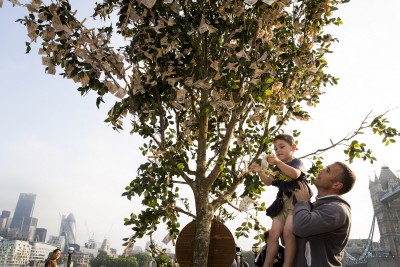Negative gearing has become a hugely popular pastime for property investors in Australia.
And now it’s become an election issue.
When voters are asked to nominate the biggest issues facing the nation, they normally choose the economy, healthcare, unemployment and the cost of living. But last year something else began to register in the polls: “the cost of housing”.
At the moment, negative gearing allows property investors to deduct net rental losses against their annual income. Also, property investors are entitled to a capital gains tax discount of 50% when the property is sold.
This week Bill Shorten announced the Labour Party plans to limit negative gearing to the purchase of newly built housing only and to reduce the capital gains tax discount from 50% to 25%.
So whether your a property investor, buying your next home, first home buyer or renting, the proposed changes to negative gearing will affect you in some way.
Looking at this more closely, the Labor Party’s policy exempts the 1.2 million taxpayers who now claim negative gearing and capital gains tax deductions. Only investments made after July 1, 2017, will be affected by the change. Read more here: Labour’s Negative Gearing Policy
So will the proposed changes make housing more affordable?
Yes, says the Grattan Institute’s John Daley, who has researched the effects of negative gearing and capital gains tax discounts.
“Imagine yourself at an auction. The owner-occupier has exactly the same incentive to buy the house as they do now. But the investor will not want to pay quite as much as they did previously because the after tax return is now lower.”
This means the lower demand with no change in supply could result in property prices being lower.
It’s great news for buying your next home or first home buyers. But not so good for investors and renters as investor costs will increase.
Some housing industry experts claim that rents will rise if negative gearing and the capital gains tax discount are changed.
Read full SMH article here: SMH 20 Feb 16

